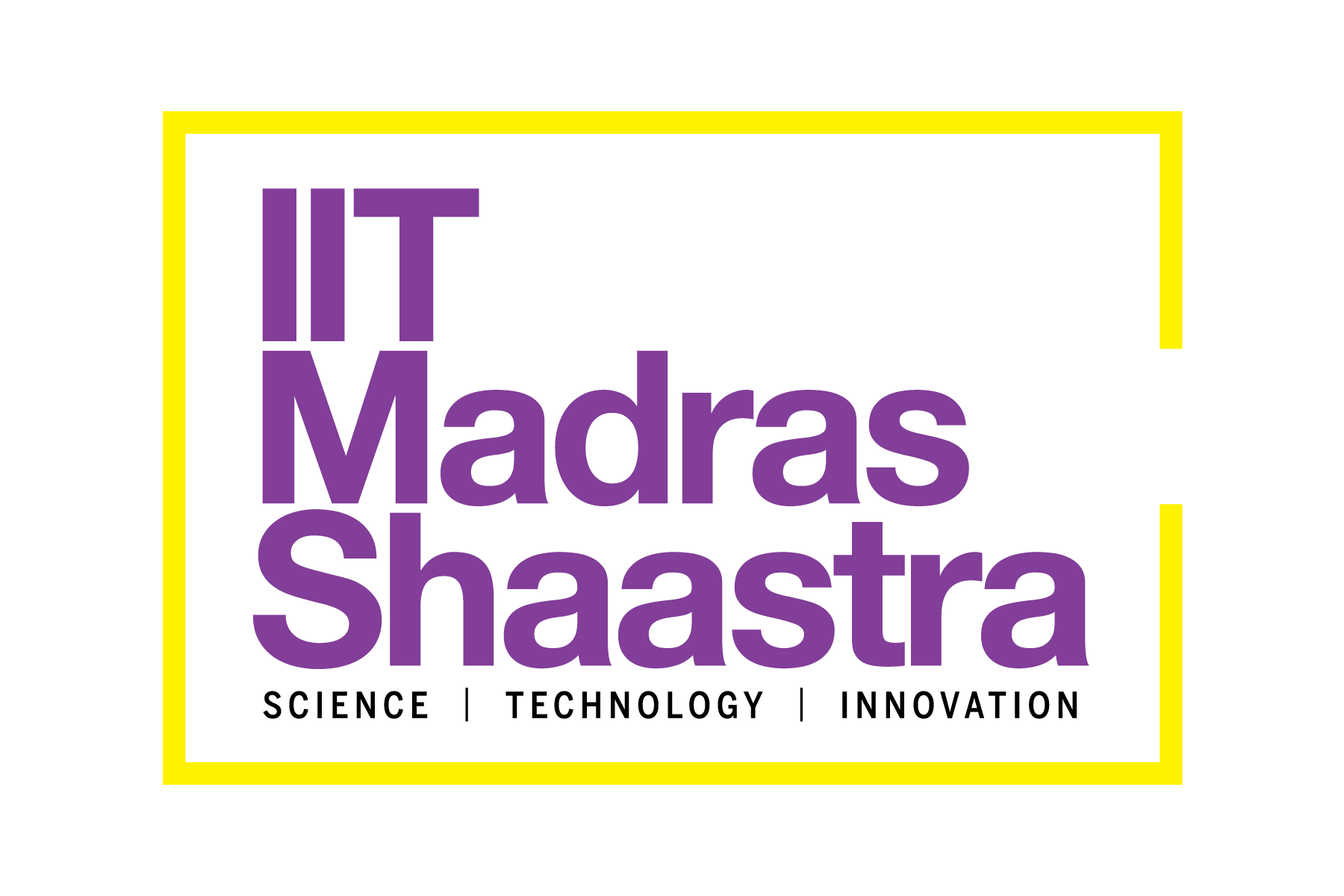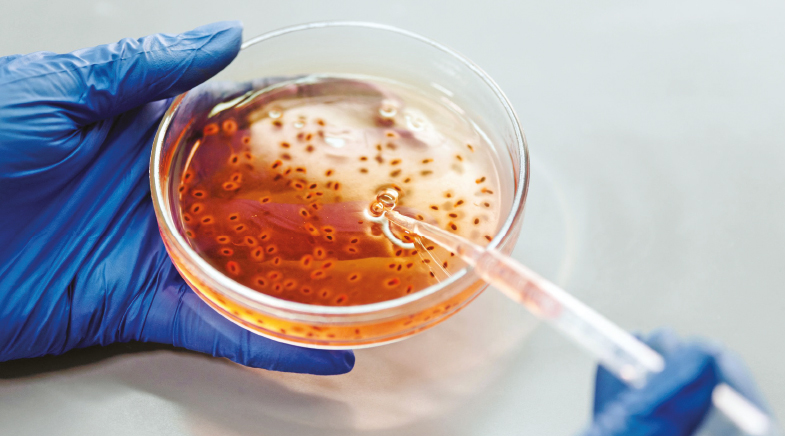Neutralising Nipah
-
- from Shaastra :: vol 04 issue 07 :: Aug 2025

With some help from alpacas and pigs, global research takes on the deadly virus.
Pedro is a fluffy seven-year-old alpaca from the Andes mountains of Chile. The Pteropus medius is a large fruit bat native to the Indian subcontinent. There is little to connect the two — barring the fact that Pedro's blood might be able to fight the deadly Nipah virus harboured by the fruit bat.
Researchers from Austral University of Chile and The University of Queensland, Australia, have isolated a nanobody — DS90 — from Pedro's immune cells that can bind to a surface protein of the Nipah virus, thereby blocking its ability to enter and infect mammalian cells (bit.ly/alpaca-Nipah).
Nanobodies are very small antibodies — one-tenth the size of standard antibodies — and are produced only in the Camelid group of animals, which includes alpacas. Researchers are looking at nanobodies to tackle diseases ranging from infection to cancer because of their size, enhanced ability to bind with antigens, robust stability and capability to breach the blood-brain barrier. Nanobodies can also be manufactured to scale. Discovered in 1989 by a team led by Raymond Hamers and Cécile Casterman, the first nanobody-based therapy was approved in 2018 to treat acquired thrombotic thrombocytopenic purpura, a blood disorder.
SHUTTING DOORS ON THE VIRUS
"This nanobody binds at three specific sites on the virus's F protein, completely inactivating it," says Alejandro Rojas-Fernandez, an investigator in the team. The team also engineered the nanobody with the monoclonal antibody m102.4 (a not-yet-approved antibody used for compassionate treatment of end-stage Nipah patients) and reported that it prevented virus escape. "We were able to shut two doors," says Rojas-Fernandez. The nanobody showed similar action against the Hendra virus, an emerging zoonotic disease caused by the same genus of Henipavirus as Nipah.
The researchers injected nanobodies into hamsters, and, a day later, infected them. "None of them fell sick or died. We, therefore, hope to use the therapy as prophylaxis for frontline workers,'' Rojas-Fernandez says. In a second experiment, they infected the hamsters first and administered the treatment a day later. "We could save 50% of the hamsters."
The team needs to conduct further trials on humans, a stumbling block for Nipah researchers due to the small number of patients. The disease is classified as a Group 4 pathogen due to its exceptionally high fatality rate of 40-100%. Its capacity for human-to-human transmission through contact with body fluids and respiratory droplets, along with the absence of approved vaccines or therapeutic molecules, makes it deadly.
However, outbreaks are few and largely restricted to South Asia, mainly India and Bangladesh. A recent outbreak in Kerala led to infection in four patients and the death of two persons. The small pool of patients makes finding cases for human trials a challenge.
Further, the mechanisms of the disease are still not completely clear; it is believed to spread through the saliva and excrement of bats, through both inhalation and ingestion. While bats are the main reservoir, Nipah also infects animals such as pigs, through which it can spread to humans.
Despite small outbreaks, Nipah is considered one of the emerging pathogens with pandemic potential along with infections such as lassa fever, hantavirus and mpox. The World Health Organization's R&D Blueprint, a global plan for rapid activation of R&D activities during epidemics, recognises Nipah as a "high priority" pathogen.
Nipah virus infection is classified as a Group 4 pathogen due to its exceptionally high fatality rate — from 40% to 100%.
"There is the possibility that the Nipah virus will mutate. If a Nipah-like virus emerged that was as deadly as Nipah but also as contagious as measles — which is in the same paramyxovirus family as Nipah — this could be very worrying indeed,'' notes Richard Jarman, Nipah Disease Programme Lead at the Coalition for Epidemic Preparedness Innovations (CEPI), a global partnership. "That's why it is so critical that we have a suite of safe and effective tools which can be deployed in response to a future Nipah outbreak, or an outbreak of another paramyxovirus," Jarman says.
Several groups are studying aspects of the disease globally, but the sense of urgency is greater in India. A previous survey by the National Institute of Virology (NIV), Pune, showed the presence of the virus on Pteropus bats in Assam, West Bengal, and Kerala, even though outbreaks so far are restricted to Kerala.
VACCINES IN PROGRESS
Pune's Gennova Biopharmaceuticals is developing an mRNA-based vaccine against Nipah. The mRNA vaccines debuted during COVID-19. They use an engineered messenger RNA to instruct the cells to produce a viral protein to trigger an immune response in the body. This, in turn, produces antibodies to develop immunity to future infection. Gennova innovated further to bring thermal stability into the vaccine, so it does not need sub-zero refrigeration and may be stored in powdered form. The vaccine is also self-amplifying, as the mRNA replicates within the host's body, thus requiring a lower dose. The company's Nipah vaccine project, quite like its COVID-19 vaccine, is being curated to suit India's requirements. "We must, as a country, have the capacity to deal with our problems," says Sanjay Singh, Chief Executive Officer.
Work on the vaccine at Gennova began in May 2025 with a funding of $13.8 million from CEPI. The mRNA platform allows for quicker vaccine development. Though the target is to develop it in two years, Singh hopes to do so earlier. "We need to provide protection to frontline health workers. The COVID-19 experience showed how vulnerable they are while treating patients," says Singh.

Considering the deadly nature of Nipah and its potential for havoc, "CEPI has also identified it as a viral target to advance rapid response platforms that could protect against a future Disease X," notes Jarman. "Their [Gennova and its partner Houston Methodist Research Institute, U.S.] research will highlight the potential to use Gennova's mRNA platform to also develop vaccines against other epidemic and pandemic diseases," he explains. The Indian Council of Medical Research and NIV partner with CEPI to focus on vaccines for pathogens with pandemic potential. They are also part of the WHO Paramyxovirus Consortium, dedicated to developing roadmaps and strengthening global research against paramyxoviruses.
Two other vaccine candidates against Nipah, supported by CEPI, are at mature stages of development. The one being developed by the University of Oxford using the platform it deployed for the COVID-19 vaccine will be the first Nipah vaccine to enter Phase II trials. The other, from the U.S.-based Public Health Vaccines, recently completed Phase I clinical trials; Phase II trials are scheduled for mid-2026.
COLOUR CHANGE TEST
In June 2025, the NIV announced the development of a low-cost Nipah detection kit to be used in field conditions. "It does not need a laboratory or sophisticated instruments. It does not even require a skilled person to run the test. A simple colour change indicates positivity," says Shyam Sundar Nandi, Deputy Director, Biotechnology Division, NIV, whose team developed the kit. Nipah, like other viruses, is detected upon running samples in real-time Polymerase Chain Reaction machines, each of which costs around ₹35 lakh. The NIV kit, which costs a few thousand rupees, is the size of a small book; each test costs around ₹250. Samples are put into Eppendorf tubules preloaded with a reagent that changes colour from yellow to pink when a sample is positive. The samples are heated to 62°C for 40 minutes to show results. The technology has been transferred to two companies, one in Pune and the other in Chennai.
"The NIV is working on [developing] monoclonal antibodies (mAbs)," says Pragya Yadav, Director-in-charge of the Nagpur-based National Institute of One Health, and Group Leader of NIV’s Maximum Containment Laboratory. "This work, in collaboration with various agencies, reflects the pressing need for the country to develop immediate prophylactic and therapeutic measures," she notes.
The U.S.-based non-profit biotechnology company ServareGMP and Mapp Biopharmaceutical are also developing an mAb against Nipah. "The plan is to use the mAb alongside vaccines during future outbreaks as a so-called immunological bridge — offering immediate protection before the onset of longer-lasting vaccine-induced immunity," says Jarman. The Phase II trials of the mAb are expected to take place in India and Bangladesh later this year. Chennai’s National Institute of Epidemiology is part of a global collaboration to test the effectiveness of mAb102.4.
Meanwhile, The Pirbright Institute, U.K., recently announced the identification of three potential vaccine candidates against Nipah in pigs, the aim being to cut off the virus at a transmission stage (bit.ly/nipah-pig).
No front is left unattended in the war on Nipah; Pedro and the pigs have their parts to play.
See also:
Have a
story idea?
Tell us.
Do you have a recent research paper or an idea for a science/technology-themed article that you'd like to tell us about?
GET IN TOUCH














